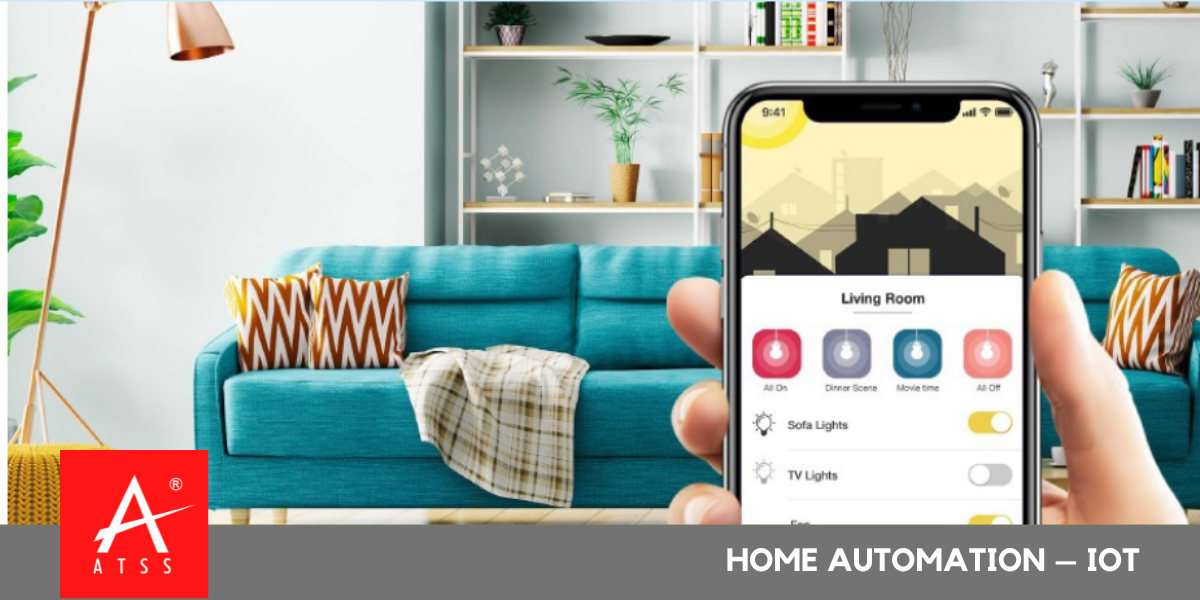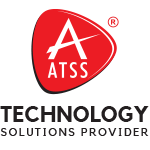
Home Automation – IOT
Home Automation – IOT Technology is an approach to have things around your home happen consequently. Home automation is getting to be plainly prominent because of its various benefits. Home automation refers to the control of home appliances by remote control. Heterogeneous home automation frameworks and advances considered in the survey with central controller-based (Arduino or Raspberry Pi), web-based, email-based, Bluetooth-based, versatile-based, SMS-based, ZigBee-based, Dual Tone Multi Frequency-based, Cloud-based, and Internet with execution.
Home automation is building mechanization for a home, called a smart home. It includes the control and computerization of lighting, warming, (for example, brilliant indoor regulators), ventilation, aerating and cooling (HVAC), and security, and also home machines, for example, washers/dryers, stoves, or fridges/coolers. Wi-Fi is regularly utilized for remote checking and control. Home devices, when remotely observed and controlled through the Internet, are an essential constituent of the Internet of Things.
Smart Home Automation
A smart home is an application of ubiquitous or pervasive computing or environment. Several synonyms are used for smart home, e.g., smart house, home automation – IOT, domestique, intelligent home, adoptive home, and aware house. The smart home concept is the integration of different services within a home by using a common communication system. It assures an economic, secure, and comfortable operation of the home and includes a high degree of intelligent functionality and flexibility.
A smart home that is smart enough to assist the inhabitants to live independently and comfortably with the help of technology is termed a smart home. In a smart home, all the mechanical and digital devices are interconnected to form a network, which can communicate with each other and with the user to create an interactive space. Considering the current trends in smart home research, we can define the smart home as an application of ubiquitous computing that is able to provide user context-aware automated or assistive services in the form of ambient intelligence, remote home control, or home automation.
In recent years the Internet of Things (IoT) has enabled shrewd innovation to end up plainly a vital piece of our day-by-day lives. Everything from refrigerators, to apparatuses, and home security can be controlled with smart home innovation. Home devices, when remotely observed and controlled through the Internet, are an essential constituent of the Internet of Things.
Smart Homes
Present smart homes are more about security and living greener. Current patterns in home mechanization incorporate remote versatile control, computerized lights, robotized indoor regulator modification, booking machines, portable/email/content warnings, and remote video observation Sensors are the eyes and ears of the home system. There are sensors for an extensive variety of uses, for example, measuring temperature, dampness, light, fluid, and gas and recognizing development or commotion.
The various technologies used in Home Automation – IoT
1. Bluetooth:
Bluetooth is a remote standard that has a place with the PAN convention family. It works in the 2.4 GHz band partitioned into 79 subchannels with 1MHz separating, utilizing FHSS. GFSK and additionally PSK regulations are utilized, contingent upon the Bluetooth variant utilized. Full duplex exchanges are acknowledged by means of TDD.
2. Wi-Fi:
Wi‐Fi is probably the most exploited wireless technology nowadays. It belongs to the family of (W) LAN networks, but with the latest amendments, it could also be belonging to the (W)MAN family). In distinction to Bluetooth, the Wi‐Fi range is partitioned into just 13 halfway overlaying sub-channels (fourteenth accessible in Japan just), each involving the band of 22MHz.
3. ZigBee:
ZigBee is a radio recurrence (RF) correspondence standard. The ZigBee organizer is in charge of making and keeping up the system. Each electronic gadget (i.e. Clothes washer, Television, Lamp, and so on) in the framework is a ZigBee gadget overseen by the facilitator. All correspondence between gadgets proliferates through the facilitator to the goal gadget. The remote idea of ZigBee defeats the meddling establishment issue with the current home mechanization frameworks recognized before. ZigBee networks can be established by a coordinator only. Upon correct PAN parameters settings, other devices may join the network, forming one of the following topologies.
4. X10:
X10 has for some time been the standard by which other home computerization innovations are measured. X10 works by means of the home’s electrical cable wiring and may encounter issues identified with wiring separations, stage contrasts, and line commotion. Numerous lovers trust that X10 innovation has turned out to be old, supplanted by the more up-to-date and more adaptable remote advancements. In case you’re new to home computerization it’s most likely a smart thought, to begin with, some other innovation, on the grounds that X10 gadgets can be harder to design and execution is here and there whimsical.
5. Z-Wave:
The first remote home mechanization innovation, Z-Wave set models for remote home computerization. Z-Wave broadened the usable scope of home mechanization by influencing all gadgets to twofold as repeaters. Its expanded system’s unwavering quality additionally empowered business applications. Z-Wave gadgets are intended for simplicity of setup and utilization, and happen as near turnkey as the home mechanization industry permits, particularly accommodating for starting devotees.
Home Automation – IOT: Future homes will be able to offer almost all required services, e.g., communication, medical, energy, utility, entertainment, and security. As we move into the next generation, more and more devices will begin to connect to one another.
The dream is a future in which data is communicated between devices and humans without relying on the manual input of individual bytes. Computers that can automatically mine data and then use that data to change aspects of the home environment are the future. For example, a smart thermostat that is able to automatically gauge the temperature of a room and then adjust the central heating and cooling units as necessary or a washing machine that automatically detects its contents and programs itself to be finished washing at a specified time. These are all goals that engineers are working toward and depend not only on advances in data-mining technologies but also on big data computing.
Part is the next-generation home automation innovation, that lets you control, monitor, and secure your home with your smartphone. The future healthcare service provider will consider the smart home an effective way of providing remote healthcare services, especially to the elderly and disabled who do not require intensive healthcare support. As technologies continue to advance, you can expect the house of tomorrow to be even more automated than that of today.
Content Source : IRJET

